Enamel painted wares make a comeback
Updated: 2015-08-22 05:08
By YAN YIQI in Hangzhou(China Daily USA)
|
||||||||
|
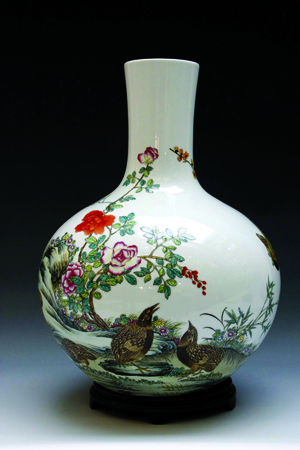 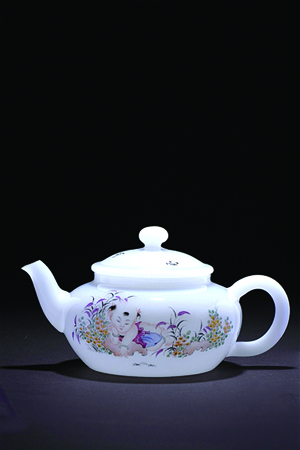 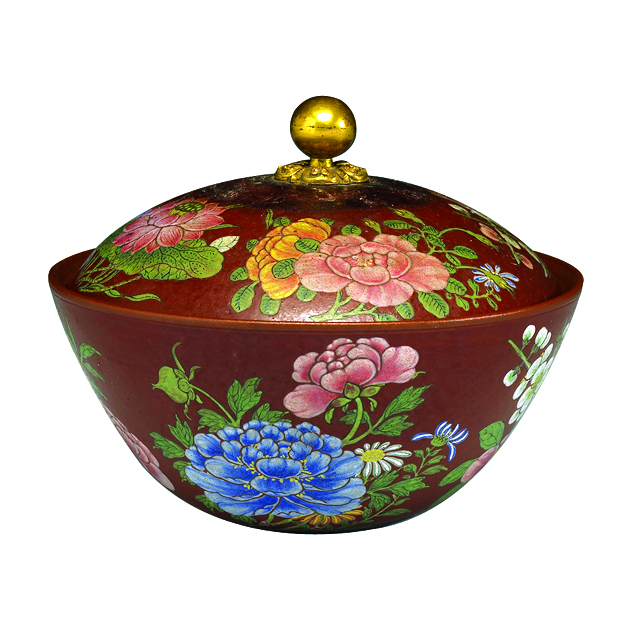 |
|
Wenzhou Baocheng Trading Co has revived the lost art form of enamel painting, as seen on these porcelain wares. photos provided to China Daily |
According to historical records, European businessmen and missionaries first brought the enamel painting technique to China about 400 years ago. Originally, it was only applied to metal ware but Chinese craftsmen later developed techniques to paint enamel on porcelain, purple clay and glass.
Like many other ancient art forms, enamel painted wares had slowly disappeared from Chinese culture centuries ago. There are only about 400 pieces of enamel painted porcelain wares left in the world now. For enamel painted purple clay teapots, there are only five on record, and they can all be found at the Taipei Palace Museum.
But thanks to Li Haihua and a group of experts, the art form has since experienced a revival in China.
“I am a fan of porcelain collection and was disappointed when an expert told me that the enamel painting technique has rarely been used for 300 years,” said Li, the general manager of Wenzhou Baocheng Trading Co.
“People can only see these wares in auction houses, museums and books. This is not a good sign for the Chinese people to continue our traditions,” Li added.
Determined to revive interest in the art form, Li gathered porcelain masters from Jiangxi and Jiangsu provinces in 2003 and embarked on an arduous journey of research and experimentation. The project was fully funded by Li’s company.
When the group found out that enamel painting was introduced to China by the French, they paid a visit to the city of Limoges in 2003 to find out more about its origins. The team visited the city more than 10 times before they finally got more than 100 enamel colors from a porcelain factory.
One of the team members, Huang Yunpeng, a porcelain master from Jiangxi province, said that testing the use of colored materials were time and energy consuming.
“Experimenting with the temperatures, the mixture of colors and painting were all very challenging. We have destroyed at least 10,000 purple clay teapots during the process,” he said.
After six years, the team finally mastered the techniques of enamel painting on porcelain, purple clay and even glass, considered to be the toughest material to paint on.
Li’s company has already started creating products based on these techniques and their prices start from only several thousand yuan. He said that the company wants to ensure that enamel painted wares can be easily accessed by the masses.
“Most people do not have the chance to enjoy exquisite porcelain wares as expensive as the chicken cup auctioned last year, which is a pity,” he said, referring to a small Ming dynasty (1368-1644), 8.2-centimeter-wide tea cup that sold for $36.3 million at a Sotheby’s spring sale in Hong Kong last year. The cup set a record for being the most expensive piece of Chinese porcelain ever sold in an auction.
Reception for Li’s wares has been nothing short of remarkable. In May, his company brought 50 enamel painted products to the 11th China International Cultural Industries Fair in Shenzhen, Guangdong province and all of them were quickly snapped up by a wealthy client who owns seven hotels and two private clubs.
“He bought 400,000 yuan ($62,512) worth of porcelains last year, and this year, he booked all of our products directly,” Li said.
“We are confident that with more people noticing enamel painted porcelain and purple clay teapots, such techniques will be carried on,” he added.
yanyiqi@chinadaily.com.cn
- Tsipras formally resigns, requesting snap general elections
- China-Russia drill not targeting 3rd party
- UK, France boost security
- China demands Japan face history after Abe's wife visits Yasukuni Shrine
- DPRK deploys more fire units to frontlines with ROK
- DPRK, ROK trade artillery, rocket fire at border

 Across America over the week (Aug 14 - Aug 20)
Across America over the week (Aug 14 - Aug 20)
 Stars in their eyes: leaders in love
Stars in their eyes: leaders in love
 A survival guide for singles on Chinese Valentine’s Day
A survival guide for singles on Chinese Valentine’s Day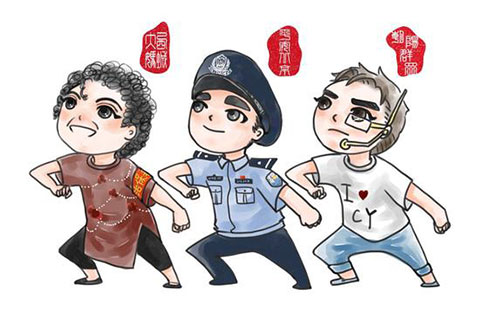
 Beijing police publishes cartoon images of residents who tip off police
Beijing police publishes cartoon images of residents who tip off police
 Rare brown panda grows up in NW China
Rare brown panda grows up in NW China
 Putin rides to bottom of Black Sea
Putin rides to bottom of Black Sea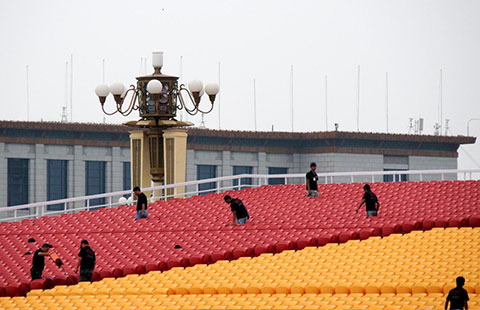
 The changing looks of Beijing before V Day parade
The changing looks of Beijing before V Day parade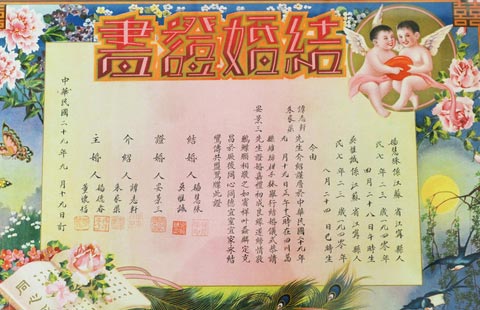
 Nanjing displays ancient marriage, divorce certificates
Nanjing displays ancient marriage, divorce certificates
Most Viewed
Editor's Picks

|

|

|

|

|

|
Today's Top News
Emissions data won't change China policy
Preparations shutter Forbidden City, other major tourist spots
President Xi Jinping calls for crews not to ease up
Chemical plants to be relocated in blast zone
Asian sprinters on track to make some big strides
Jon Bon Jovi sings in Mandarin for Chinese Valentine's Day
Tsipras formally resigns, requesting snap general elections
DPRK deploys more fire units to frontlines with ROK
US Weekly

|

|






